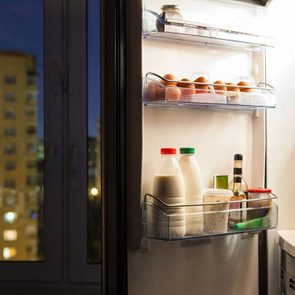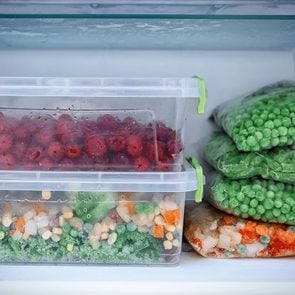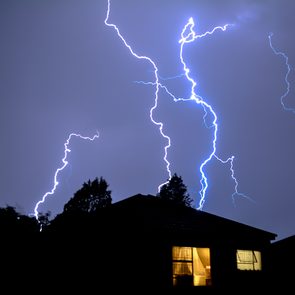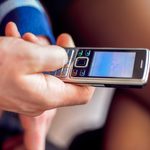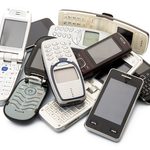How to Keep Your Food From Spoiling During a Power Outage
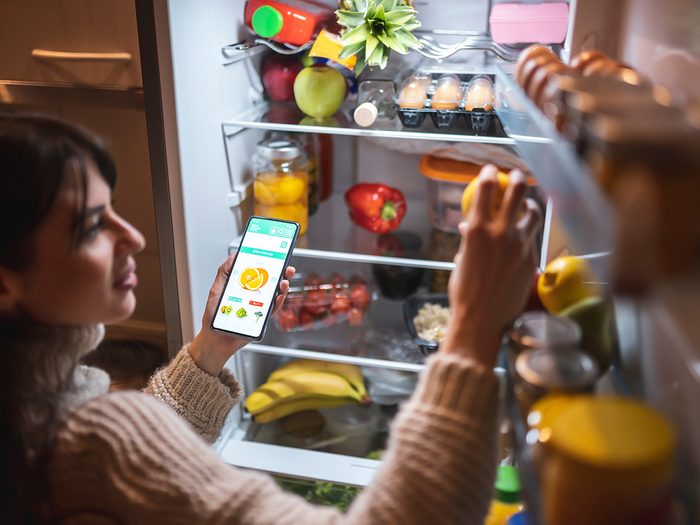
These power outage food safety tips keep food from spoiling when you're left in the dark.
It never fails: You make a big grocery run, fill up the fridge and that’s when the power goes out. Or you stock up before a storm just to lose power. While you can’t plan for a power outage, you can be prepared and take steps to keep your food safe. Here are five power outage food safety tips to keep food from spoiling when you’re left in the dark.
Keep ice on hand
Having extra water on hand is a big part of emergency preparedness, and having a supply of ice will come in handy when the power goes out. If there’s room in your freezer, fill some containers and water bottles and freeze them so they’ll be ready to help keep food cold during a power outage. Just remember, water will expand as it freezes so be sure not to overfill any containers or bottles.
Move food to the bottom and group together
When it comes to power outage food safety, the U.S. Food and Drug Administration says you should group all your frozen food together. Since heat rises, keep food grouped together in the lower portion of your freezer to help keep it frozen for as long as possible. (This is what it means if you have frost in your freezer.)
Keep doors closed
Once you move items to the freezer and group food together, keep your refrigerator and freezer doors closed. The Food and Drug Administration says a refrigerator will stay cold for up to four hours, while a freezer will keep its temperature for 48 hours if it is full, 24 hours if it is half-full.
Use coolers for power outage food safety
The American Red Cross recommends using coolers if the power outage is expected to go beyond a day. Pack refrigerated food such as milk, meats, fish, poultry, eggs and leftovers into your cooler surrounded by ice. Keep it at a temperature of 4 degrees C for as long as possible. (Find out if your freezer is set to the right temperature.)
Don’t keep food outside
While you may be tempted to keep cold and frozen foods outside if the power goes out in the winter, the website foodsafety.gov recommends otherwise. “Even when there is still snow and ice, outside temperatures can vary, causing chilled food to enter the ‘danger zone’ of warmer than 4 degrees C and cooler than 60 degrees C and frozen food to begin thawing. Moreover, exposed food can be exposed to animals and unsanitary conditions.”
When the outage is over, check the temperature of your freezer, refrigerator and cooler. The Food and Drug Administration says if the freezer temperature reads 4 degrees C or below, the food is safe and may be refrozen. Refrigerator food should be safe as long as the power was out for no more than four hours and the door was kept shut. Discard any perishable food that has been at temperatures above 4 degrees C for two hours or more.
Next, check out the 14 things you should never do during a power outage.
